-
AcetateAllBlackDiamond Cut S4GreenMen's sunglassesRectangle SunglassesTVR MenTVR SunglassesTVR WomenWomen's sunglasses
TVR Series 4 Classic Black / Green 47
€ 695,00TVR® SERIES 4 French Classic
Featuring 8mm thick Zylonite, 14K Gold Plating metal core, engraved Baroque details
7 barrel hinge for reinforcement for durability. Anti-Reflex lens.




-
AcetateAllClearDiamond Cut S3Men's sunglassesRound SunglassesTVR MenTVR SunglassesTVR WomenWomen's sunglasses
TVR Series 3 Clear Crystal RX 47
€ 795,00TVR® French Crown Panto Diamond Cut SERIES 3 Collection – 8mm zylonite – TVR Series 3 is paired with one of the most advanced flat design lens Luminlens® by TVR. Discover Luminlens in our Journal.





-
TVR504 Classic Blonde / Green 48
€ 570,00TVR 504 Edition 2023 with new metal core Dragon in the cloud – One of the most iconic vintage designs ever created TVR 504, made famous by the legendary James Dean and then Johnny Depp in the recent decade.



-
TVR504 Classic Black RX 46
€ 570,00TVR 504 Edition 2024 with new metal core Dragon in the cloud – One of the most iconic vintage designs ever created TVR 504, made famous by the legendary James Dean and then Johnny Depp in the recent decade.



-
AcetateAllBlackDiamond Cut S3LuminlensMen's sunglassesRound SunglassesTVR MenTVR SunglassesTVR WomenWomen's sunglasses
TVR Series 3 Classic Black / Dark Green LuminLens 47
€ 795,00TVR® French Crown Panto Diamond Cut SERIES 3 Collection – 8mm zylonite. TVR Series 3 is paired with one of the most advanced flat design lens Luminlens® by TVR. Discover Luminlens in our Journal.





-
AcetateAllAviator SunglassesMen's sunglassesRound SunglassesTortoiseTVR MenTVR SunglassesTVR WomenWomen's sunglasses
TVR529 Tokyo Tortoise / Green 49
€ 595,00TVR 529 is a single bridge, unisex, vintage pilot sunglasses in 8mm Japanese Zylonite. Green G15 Anti-Reflex lens.





What our ambassadors say about us
Robert B - Saudi Arabia
This site was a wonderful discovery.
"I had first contacted two large Italian sites (I live in Italy) but the glasses that were listed as available/ready for delivery, in reality they did not have them in stock (this does not seem like a very correct sales practice to me, and they replied to me after a day) Sun of Japan responded to my questions in real time, shipped my beautiful Masunaga sunglasses the same day and they arrived after two days. I confirm the high quality of Japanese glasses and thank the Sun of Japan team for the attention to the customer shown and for the non-trivial hand-written congratulations card. Arigato!"
August 2024
"I had first contacted two large Italian sites (I live in Italy) but the glasses that were listed as available/ready for delivery, in reality they did not have them in stock (this does not seem like a very correct sales practice to me, and they replied to me after a day) Sun of Japan responded to my questions in real time, shipped my beautiful Masunaga sunglasses the same day and they arrived after two days. I confirm the high quality of Japanese glasses and thank the Sun of Japan team for the attention to the customer shown and for the non-trivial hand-written congratulations card. Arigato!"
August 2024
Massimo - Italy
Swift Shipping
"I just received my pair of TVRs 504 Black Gold Dragon in size 47 and I'm in love. Would also like to commend Sun of Japan for the swift shipping and the written note, a nice added touch. Will definitely be buying more frames from you guys in the future. 10/10 all around. Big thanks, very happy customer!."
23 July 2024
"I just received my pair of TVRs 504 Black Gold Dragon in size 47 and I'm in love. Would also like to commend Sun of Japan for the swift shipping and the written note, a nice added touch. Will definitely be buying more frames from you guys in the future. 10/10 all around. Big thanks, very happy customer!."
23 July 2024
Jack - Sweden
Best Service I've got in a while
"Ordered on Friday, arrived on Wednesday. Fastest service, fastest e-mail response, excellent product. I'm very satisfied, will definitely buy again! 100% Recommended."
29 May 2024
"Ordered on Friday, arrived on Wednesday. Fastest service, fastest e-mail response, excellent product. I'm very satisfied, will definitely buy again! 100% Recommended."
29 May 2024
Panagiotis V - Greece
Excellent customer service. "Prompt feedback on an order correction I feared might not be changed. Good tracking and delivery. Considering I bought impulsively without physically reviewing the frames, I was delighted on its quality when I received them."
05 Sept 2023
05 Sept 2023
Johnny V - Hong Kong
Best Classic Japanese Eyewear. "I found this shop by doing some research on eyewear. They stock the finest ones and are reasonable. When I found an issue with a shipment, they were prompt in sending me a replacement and picked up the original in quick time. This is the best place to buy classic quality handcrafted Japanese eyewear".
6 November 2023
6 November 2023
Venky - Norway
Exceptional Service "Customer Services were great in replying to my query regarding shipping. The ordering to delivery experience was fantastic. The quality of my TVR 504 in classic blonde are fantastic. I highly recommend. Best glasses you will ever purchase. Great company to buy from. Will be buying again."
28 Aug 2023
28 Aug 2023
Geraint G. - Great Britain
"I ordered Eyevan7285 sunglasses on monday, and it was already delivered in the Netherlands on wednesday! you get a tracking link immediatly after ordering and Sunofjapan have good service in general."
30 Apr 2023
30 Apr 2023
Peter - Netherland
"Awesome glasses and great offerings that are often difficult to find in US."
6 Apr 2022
6 Apr 2022
Devir K. - United States
"Ordered my sunglasses through Sun of Japan on March 30th. I received consistent updates in the time between the purchase of the sunglasses and the delivery. The sunglasses were packaged professionally, with the actual contents of the purchase in a separate bulkier box.A certificate of authenticity was also included. The delivery took less than a week to get all the way from Denmark to the US. I wholeheartedly support this business and look forward to purchasing from them again."
3 Apr 2023
3 Apr 2023
Tony Y. - United States
I am very impressed by Sun of Japan !
I am very impressed by Sun of Japan ! I ordered a pair of Matsuda, very decent price, everything arrived in less than 24h (Living in Bruxelles - Belgium) in a very nice packaging. No issues whatsoever with the pristine glasses but it was just not in my taste once seing them in hands, and as explain in their FAQ I sent them back before 2 weeks after reception, and they refunded in less than 2 days minus the 19€ for delivery ! Very reactive customer service as well ! I would advice this site to people who knows what they want and ideally tried the pair they want beforehand.
14 May 2024
I am very impressed by Sun of Japan ! I ordered a pair of Matsuda, very decent price, everything arrived in less than 24h (Living in Bruxelles - Belgium) in a very nice packaging. No issues whatsoever with the pristine glasses but it was just not in my taste once seing them in hands, and as explain in their FAQ I sent them back before 2 weeks after reception, and they refunded in less than 2 days minus the 19€ for delivery ! Very reactive customer service as well ! I would advice this site to people who knows what they want and ideally tried the pair they want beforehand.
14 May 2024
Audric - Belgium
"Fantastic product and a great company to deal with. Easy international shipping. I highly recommend them."
10 May 2023
10 May 2023
Andreas - California
"Easy to buy from, good range of quality Japanese glasses. Efficient delivery.
I enjoyed my shopping experience and am very happy with my sunglasses"
30 June 2023
30 June 2023
William - Australia
"Update: There was an error with the electronic communication but everything was handled timely by SunofJapan. Their customer service answered within 24 hours of my query and provided a thorough update to ensure I was satisfied. Thanks!"
25 June 2023
25 June 2023
Richard - United States
"Beautiful sunglasses. Love them!! Shipped to Australia faster than expected."
20 February 2023
20 February 2023
Anon - Australia
The Sun Japan team is amazing "They were attentive at all times.
My new glasses are beautiful".
6 March 2024
6 March 2024
Laura - Mexico
Super fast!My glasses arrived within 2 days, all the way to the Netherlands, super fast surveys 👌🏻
2 April 2024
2 April 2024
Romano - The Netherlands
Excellent Communication and Quality glasses
Im so glad that I ordered my Matsuda sunglasses from Sun of Japan. The website was easy to use, the glasses competitively priced, and the process from start to finish was seamless. Excellent communication and the glasses arrived very quickly. They were nicely wrapped and included a handwritten thank you note. The quality is excellent.
31 March 2024
Im so glad that I ordered my Matsuda sunglasses from Sun of Japan. The website was easy to use, the glasses competitively priced, and the process from start to finish was seamless. Excellent communication and the glasses arrived very quickly. They were nicely wrapped and included a handwritten thank you note. The quality is excellent.
31 March 2024
Zack P - Florida US
Great sunglasses from Masunaga quality…
Great sunglasses from Masunaga quality second to none. Excellent delivery time to the uk and a nice personal thank you note to the customer will be returning thank you.
23 May 2024
Great sunglasses from Masunaga quality second to none. Excellent delivery time to the uk and a nice personal thank you note to the customer will be returning thank you.
23 May 2024
Kyle - UK
Great sunglasses from Masunaga quality…
Ordering Masunaga sunglasses online was simple and fast. Communication of my order was excellent. Overseas shipping was extremely fast, two days. My eyeglasses were packed securely, and a handwritten note was noted during unboxing. Sun of Japan provided a top-notch experience and service !!!
3 May 2024
Ordering Masunaga sunglasses online was simple and fast. Communication of my order was excellent. Overseas shipping was extremely fast, two days. My eyeglasses were packed securely, and a handwritten note was noted during unboxing. Sun of Japan provided a top-notch experience and service !!!
3 May 2024
Norman - US
True Vintage Revival (TVR)
TVR Eyewear brings together vintage design and exceptional Japanese craftsmanship, handcrafting each piece in Sabae, Japan. Known for its skilled artisans and high-quality production, TVR offers eyewear that revives classic styles with modern precision.
Key Features
- Handcrafted in Sabae, Japan
- Vintage Design Elements: Keyhole bridge, functional spear rivets, 7-barrel hinges, and miter cuts
- Premium Materials: Zylonite, celluloid, and titanium
Craftsmanship and Tradition
The Making of TVR Eyewear
- Hand Tools: Passed down from master to apprentice
- Datum Expression Size: Technique for achieving perfect balance
- Original Templates: Based on vintage blueprints
- Traditional Methods: Tumbling, miter cutting, and hand-polishing
Production Process
- Cutting and Shaping: Zylonite/celluloid sheets are cut, heated, and bent.
- Lens Cutting: Shapes are precisely cut for the lenses.
- Smoothing: Frames are tumbled with pumice and wood pegs.
- Assembly: Nose pads, hinges, and rivets are added.
- Final Adjustments: Temples are heated and curved.
- Brand Stamping: Each frame is stamped with the TVR trademark.
History of TVR®
Sabae City: The Heart of Japanese Eyewear
- Over 90% of Japanese eyewear frames are produced in Sabae.
- Historical Significance: Home to innovations like nose pads and titanium frames.
- Generational Craftsmanship: Techniques and skills passed down through generations.
TVR’s Commitment
- Quality and Authenticity: Dedicated to reviving classic designs with genuine quality.
- Artisanal Excellence: Handmade by selected artisans with decades of expertise.
Copyright © Sun Of Japan. All rights reserved.








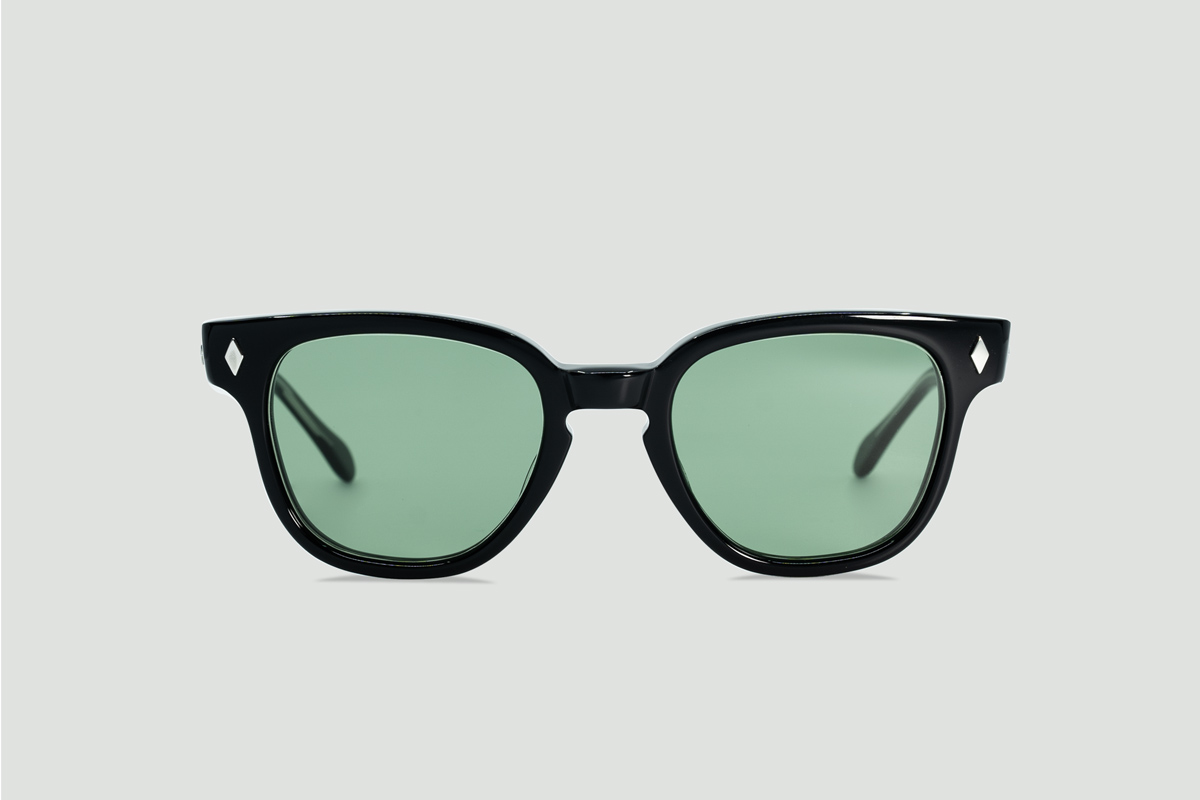

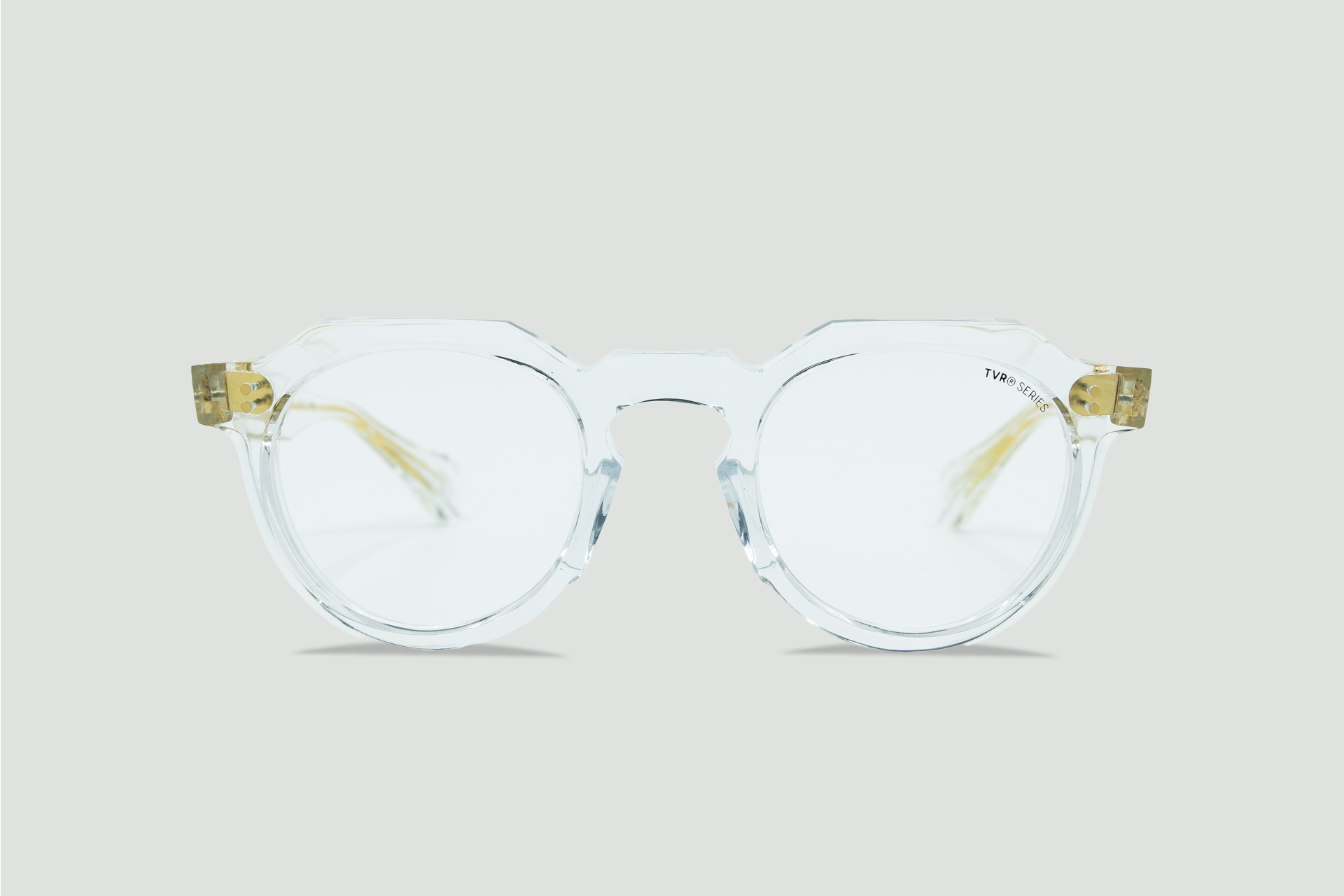
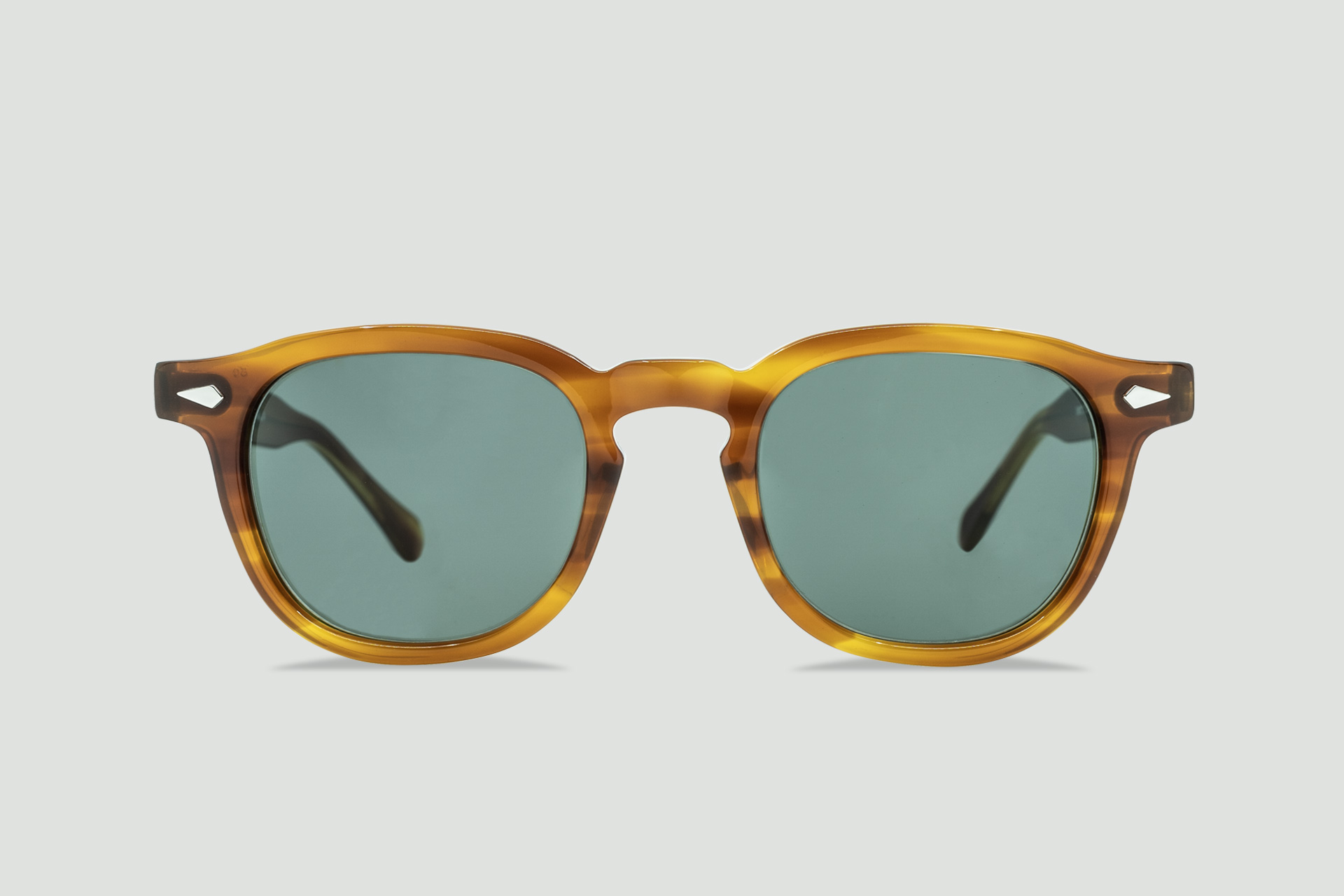

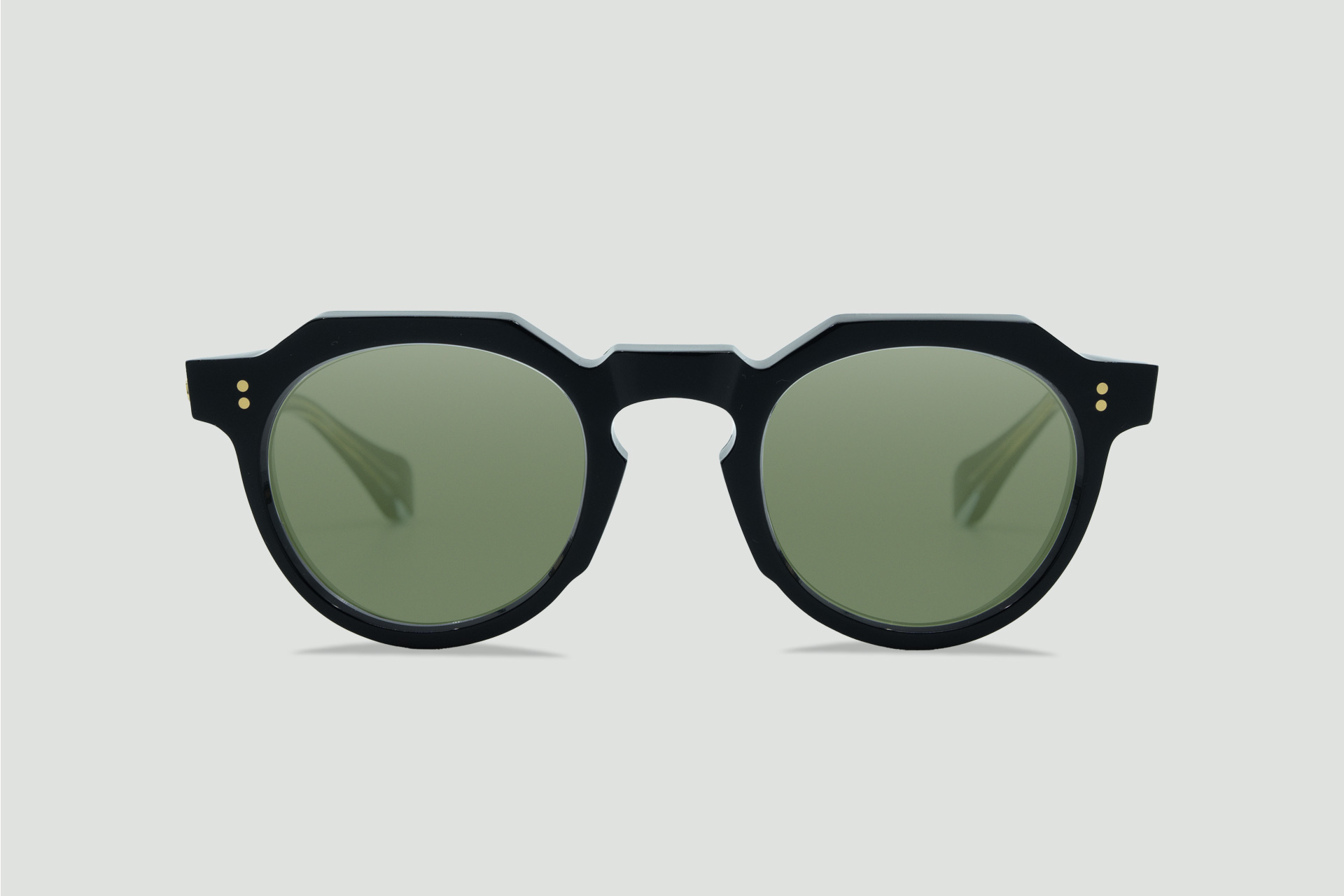

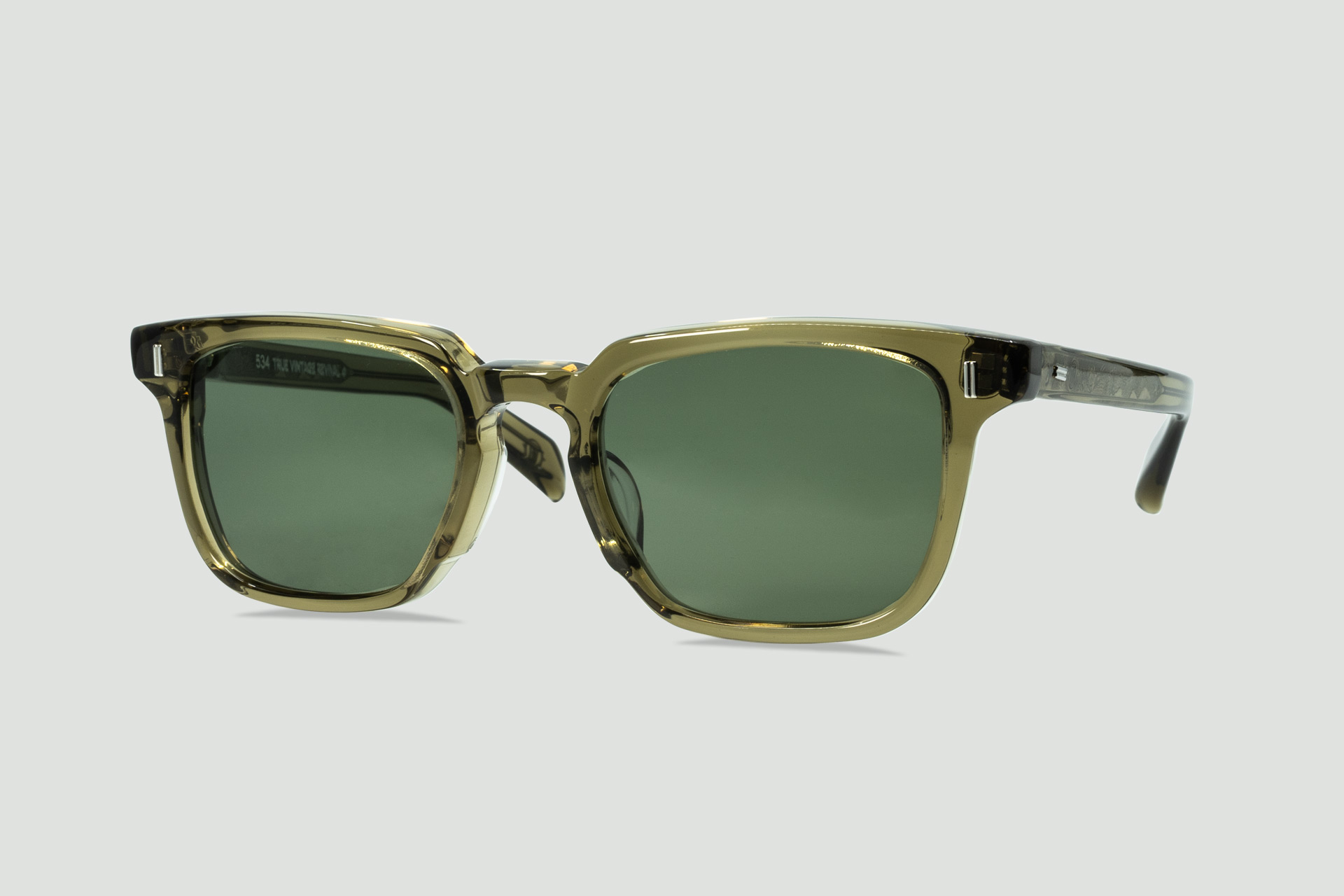










"Was looking for a place to get Japanese sunglasses online. Ordered a pair from them. Always skeptical of online sellers but this crowd do not disappoint. Quick delivery, excellent product, reasonable price and nice hand written note! Don't waste your money on some flashy, expensive and most times bad quality Western brands, give Sun of Japan a try.."
2 June 2024